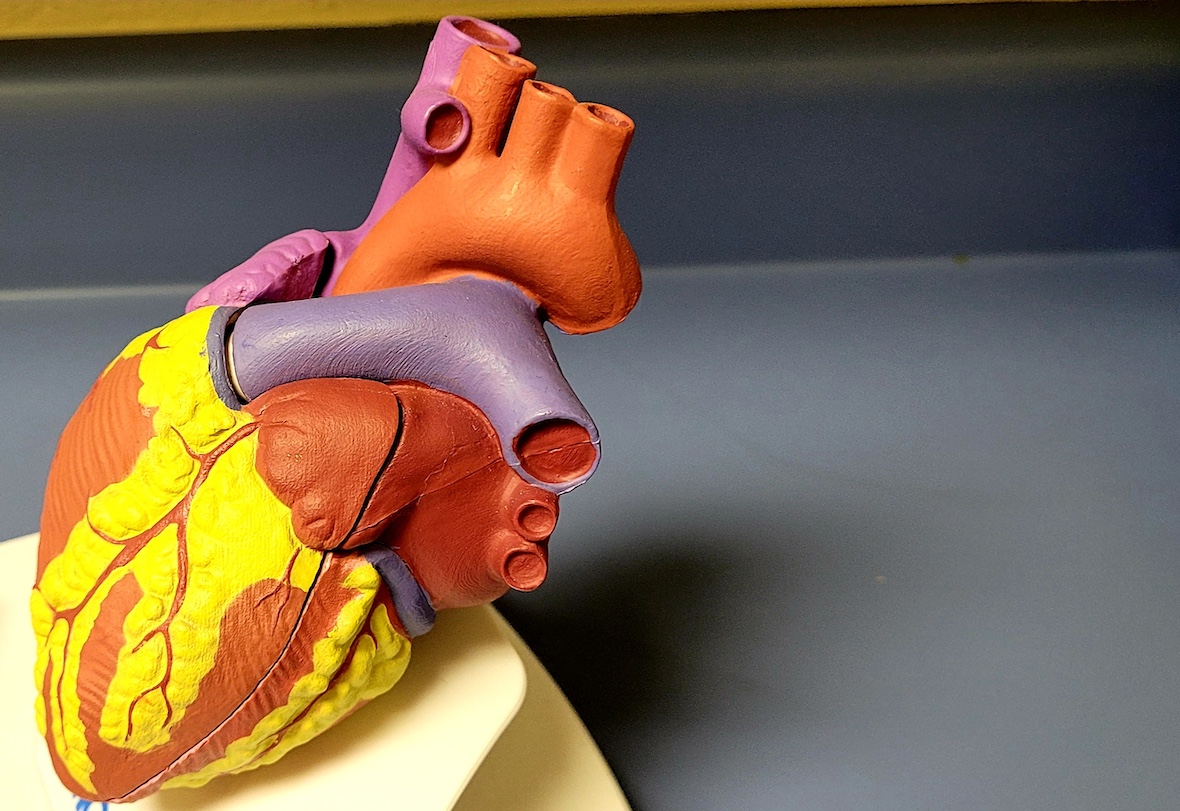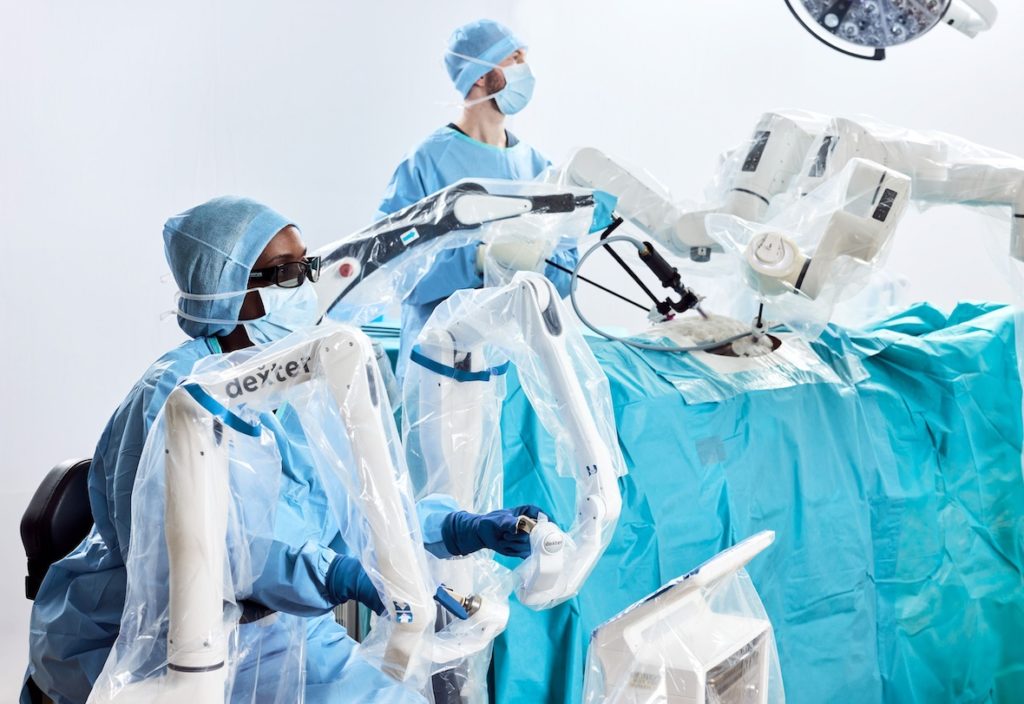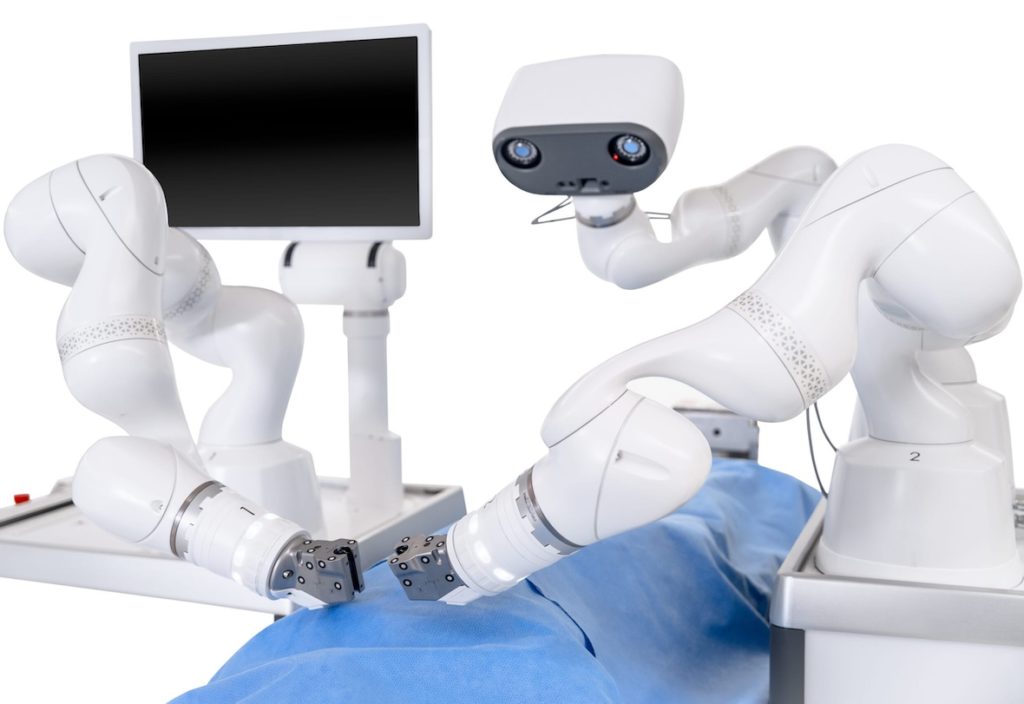
AI tool developed in Bern improves detection of rare coronary anomalies
4 April 2025
 A new AI tool developed in Bern improves early detection of rare coronary artery malformations.
A new AI tool developed in Bern improves early detection of rare coronary artery malformations.
Researchers in Bern have developed an AI-based tool that detects rare coronary artery anomalies with high precision in cardiac CT images, potentially transforming diagnostics in cardiology.
A research team from Inselspital, Bern’ University Hospital and the University of Bern has developed an artificial intelligence (AI) tool capable of detecting and classifying rare coronary artery anomalies in cardiac CT scans. The innovation could significantly improve diagnostics and treatment decisions for rare heart conditions, particularly in young patients.
Anomalous Aortic Origin of a Coronary Artery (AAOCA) is a congenital defect that is difficult to detect but may lead to sudden cardiac death, especially in young, physically active individuals. These anomalies are rare and often misinterpreted, with studies attributing up to 30 percent of unexpected deaths in young athletes to undetected coronary anomalies.
The AI tool, developed by a team led by Prof. Christoph Gräni, Director of Cardiac Imaging at Inselspital, and Dr. Isaac Shiri, Head of AI Research in Cardiovascular Medicine, uses a deep learning algorithm in two stages. First, it performs image segmentation to isolate the coronary arteries. It then classifies the images to detect the presence and origin of an anomaly. The system was trained on over 4,000 cardiac CT scans and validated with external datasets, including one from the University Hospital Zurich.
Clinical impact and future directions of AI in cardiology
According to the team, the algorithm demonstrated high precision, successfully identifying borderline cases that even experts debated. The tool can support clinical decision-making by providing real-time alerts for high-risk anomalies and allows researchers to study large imaging datasets more efficiently.
This project reflects the growing collaboration between Inselspital and the University of Bern in the field of digital medicine. Future developments include creating a digital twin of coronary anomalies in partnership with the ARTORG Center and the Heart Catheter Laboratory at Inselspital. The aim is to simulate stress scenarios outside the body, potentially reducing the need for invasive testing.
The study was published in the Nature Communications journal and highlights Bern’s leadership in applying AI to improve cardiac diagnostics.

